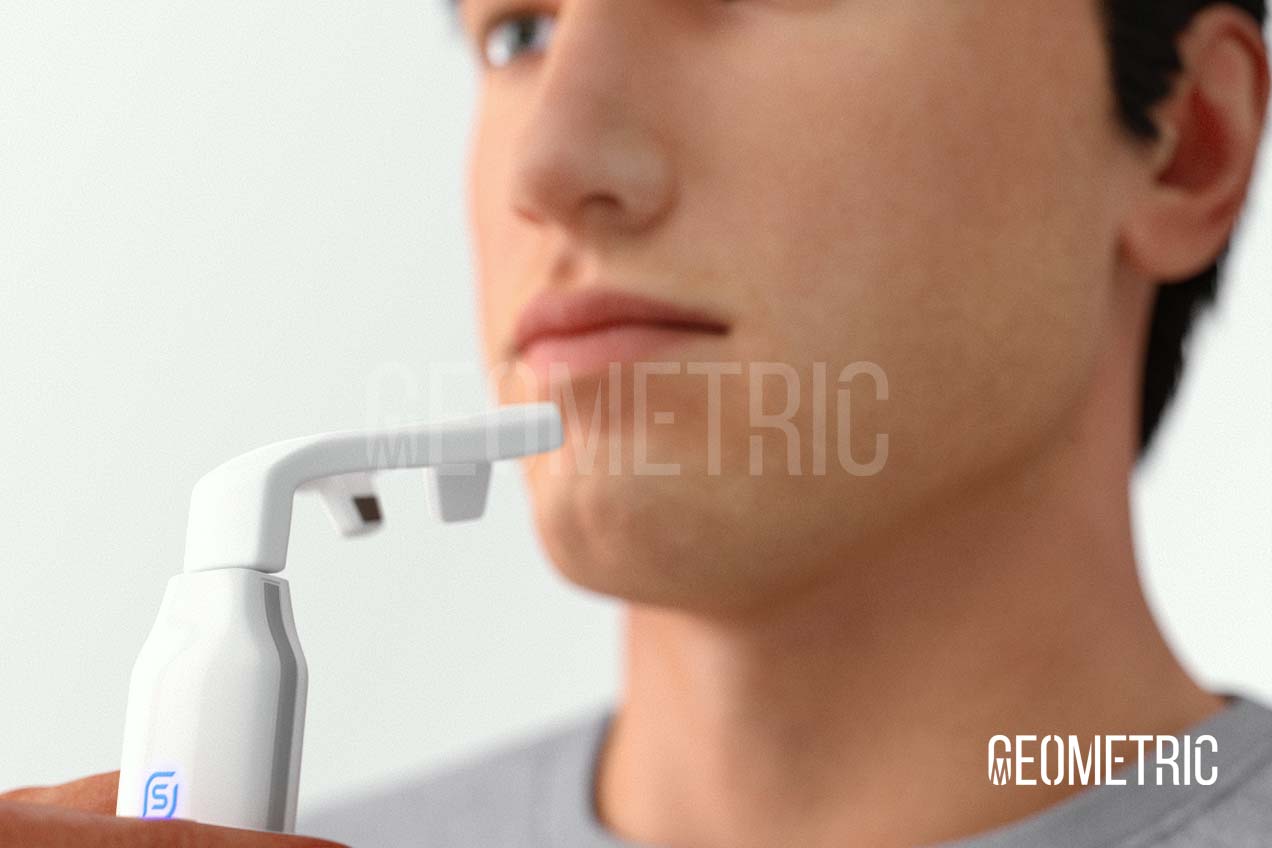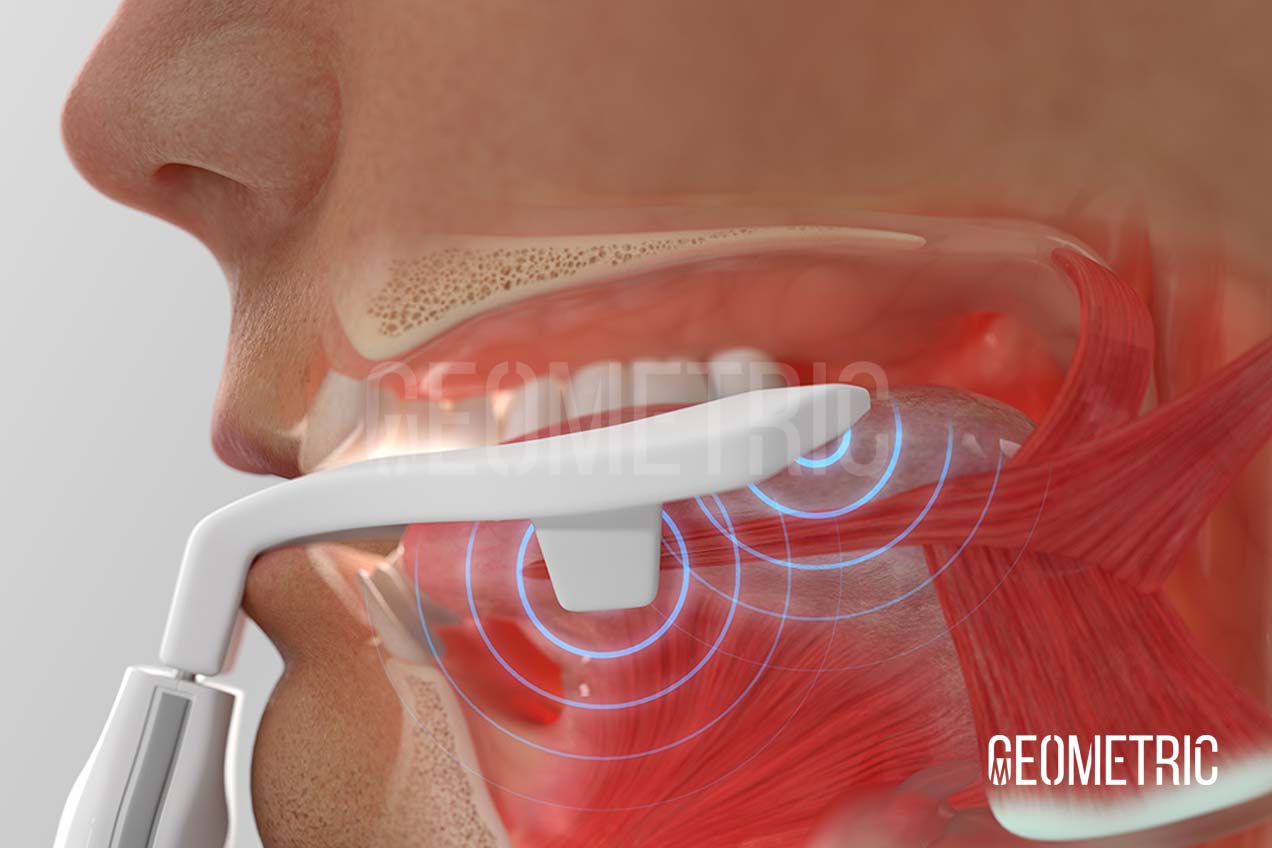A new era of medical treatment for sleep apnea and snoring.
This animation explores a prescription treatment device that uses electrical tongue muscle stimulation which aims to reduce mild sleep apnea and snoring in patients with obstructive sleep apnea (OSA).
Deliverables
3D Animations
Multiple Language Videos
High-Res Images
Storyboard
Client
Signifier Medical Technologies


In this video, we highlight the unmet need in sleep apnea by showing the anatomy of normal airflow, apnea and snoring around the tongue muscles. We showcase the device's unique features, mechanism-of-action, benefits and its effectivity in the treatment of sleep apnea and snoring.
By introducing high-quality visuals and an engaging story, we designed our animation to complement the client's vision to revolutionise the sleep market with novel and ground-breaking products that will help solve the conditions of snoring and mild sleep apnea, making a real impact on the lives of millions of people globally. As part of their worldwide reach, we produced multiple language videos — English, German, Japanese and Spanish versions.
Deutsch
Nihon
Sleep apnea (or apnoea) is a serious sleep disorder that happens when your breathing stops and starts while you sleep. There are three forms of sleep apnea — central, obstructive, and complex. The most common of these is obstructive sleep apnea.
Obstructive sleep apnea (OSA) is characterized by repetitive episodes of nocturnal breathing cessation due to upper airway collapse. It occurs when there is a functional obstruction in the mouth and throat.
OSA can lead to snoring as the tongue and soft palate rattle. OSA causes severe symptoms, such as excessive daytime somnolence, and is associated with a significant cardiovascular morbidity and mortality.
Central sleep apnea (CSA) also inhibits breathing at night, but it does not occur due to upper airway obstruction. Instead, the cause is neurological. Unlike with OSA, the body does not try to breathe in CSA, so there is no snoring. Instead, because the brain and nervous system do not consistently send a signal to breathe, the person stops breathing.
Complex sleep apnea syndrome is a distinct form of sleep-disordered breathing characterized as central sleep apnea, and presents in obstructive sleep apnea patients during initial treatment with a continuous positive airway pressure (CPAP) device.
References — ncbi.nlm.nih.gov, medicalnewstoday.com, clevelandclinic.org
Marketing Manager, Signifier Medical Technologies, London, UK
Pyruvate Kinase Deficiency
MoA animation for a biotech company for the treatment of a rare hemolytic anemia, PK deficiency.
Suite 6, Link House,
140 Tolworth Broadway,
Surbiton, Surrey
KT6 7HT, UK